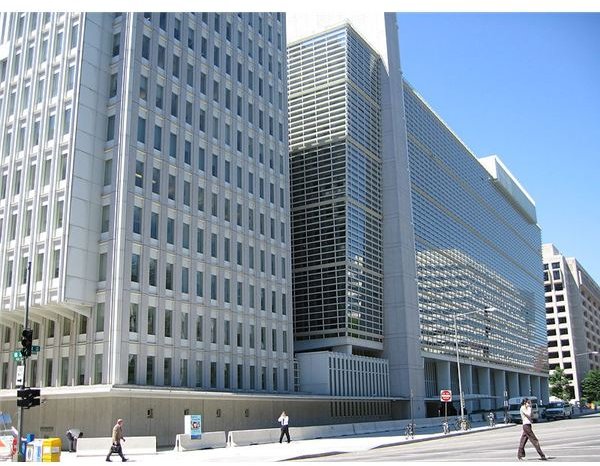What is the Definition of a Global Market?
What is the definition of a global market? In terms of investing and capital flow, a global market is the main driving force behind international finance and trade. It deals with concepts on both a micro and macroeconomic scale. Concepts such as futures, swaps and options are a centralized concern in terms of the global economy, impacting the success of investments in different markets. While one geographical region may provide a better value for certain commodities or industries, others often reward the investor with a higher rate of return for the same amount of capital influx.
The Impossible Trinity
According to global market theory, certain principles impacting investments cannot coexist. Established by the work of Robert Mundell and Marcus Fleming, an open economy supporting modern investment practices cannot operate simultaneously with a fixed exchange rate, an independent monetary policy along with free capital movement. National policies are only able maintain two of the three factors in order to have a functioning economy that supports investment. This concept is the Mundell-Fleming Model.
Within the definition of a global market, the capital controls established by a government can function with pegged exchange rates but not free market autonomy as in the case of China. A stabilized currency can be supported with a free market, however, interest rates cannot be adjusted successfully. Exchange rate fluctuation comes with a need to retain monetary autonomy while leaving the investment strategy of capital flow free.
Purchasing Power Parity
Impacting nearly every level of finance and investment is the theory of purchasing power parity (PPP). This establishes a unified approach to the exchange rate and price levels of different national economies. In theory, all products and services have the same value no matter the marketplace. However, the exact cost of the good or service varies based on the economic status of the country.
This means that an investor can place funds into a specific country’s production of a good and make a different return than if they placed the capital into another nation’s economy. For example, the cost of corn is different in the United States and Mexico. With the cost variances, the investment may be cheaper in one location than the other. However, with lower costs in production, the amount of profit may be higher. This means that while the overall return on revenue is lower, the percentage is higher due to the PPP.
Optimum Currency Area Theory
What is the definition of a global market when it comes to currency exchange? One major factor involving investors in the global marketplace is the concept of optimum currency area theory. Many regions impacted by globalization have the need to standardize currency exchange in order to facilitate more efficient capital flow.
The concept basically states that certain geographic areas benefit from having a unified currency with identical exchange rates. While this impacts the amount of money capable of being made from currency exchange, like using American dollars to buy Japanese yen, it can provide a platform for many people and institutions to make logical investments. The most successful region to implement optimum currency area theory is the European Union, which instituted the euro as the preferred currency across the continent.
References
“What is Purchasing Power Parity?” University of British Columbia: https://fx.sauder.ubc.ca/PPP.html
“Optimal Currency Area” University of California, Berkeley: https://faculty.haas.berkeley.edu/arose/ABTFinalNBER.pdf
“The Mundell-Fleming Model” EconModel: https://www.econmodel.com/classic/mf.htm
Image Source
World Bank Building in Washington. (Supplied by Shiny Things at Flickr; Creative Commons Attribution 2.0; https://upload.wikimedia.org/wikipedia/commons/a/a6/World_Bank_building_at_Washington.jpg)
